Government Incentives and Policies
Government incentives and supportive policies are pivotal in driving the Alternative Solar Photovoltaic Technologies Market. Many countries have implemented tax credits, rebates, and feed-in tariffs to encourage the adoption of solar technologies. For example, the Investment Tax Credit in certain regions allows consumers to deduct a significant percentage of solar installation costs from their federal taxes. Such initiatives not only lower the financial barriers for consumers but also stimulate market growth. The Alternative Solar Photovoltaic Technologies Market is expected to thrive as these policies evolve, promoting further investment in solar infrastructure and technology development. As governments commit to renewable energy targets, the market is likely to see sustained growth.
Growing Demand for Renewable Energy
The increasing The Alternative Solar Photovoltaic Technologies Industry. Governments and organizations are actively pursuing strategies to reduce carbon emissions and combat climate change. This shift is reflected in the rising investments in solar technologies, which are projected to reach over 200 billion USD by 2026. The Alternative Solar Photovoltaic Technologies Market is poised to benefit from this trend, as consumers and businesses alike seek sustainable energy solutions. Furthermore, the integration of solar energy into national grids is becoming more prevalent, enhancing the market's growth potential. As energy policies evolve, the demand for innovative solar technologies is likely to surge, creating opportunities for manufacturers and developers in the sector.
Technological Innovations and Advancements
Technological advancements play a crucial role in shaping the Alternative Solar Photovoltaic Technologies Market. Innovations such as bifacial solar panels and organic photovoltaics are enhancing efficiency and reducing costs. For instance, bifacial panels can capture sunlight from both sides, potentially increasing energy output by 10 to 20% compared to traditional panels. The market for these advanced technologies is expected to grow significantly, with projections indicating a compound annual growth rate of over 15% in the coming years. As research and development continue to yield new solutions, the Alternative Solar Photovoltaic Technologies Market is likely to experience a surge in product offerings, catering to diverse consumer needs and preferences.
Rising Energy Costs and Energy Independence
The escalating costs of traditional energy sources are driving interest in alternative solutions, particularly within the Alternative Solar Photovoltaic Technologies Market. As fossil fuel prices fluctuate, consumers and businesses are increasingly seeking stable and predictable energy costs. Solar energy offers a viable alternative, allowing users to generate their own electricity and reduce reliance on external energy suppliers. This trend is particularly evident in regions where energy prices have risen significantly over the past few years. The Alternative Solar Photovoltaic Technologies Market stands to gain as more individuals and organizations recognize the long-term financial benefits of investing in solar technologies, leading to increased adoption rates.
Environmental Awareness and Sustainability Initiatives
Growing environmental awareness among consumers and businesses is a significant driver for the Alternative Solar Photovoltaic Technologies Market. As sustainability becomes a core value for many organizations, the demand for clean energy solutions is on the rise. Companies are increasingly adopting solar technologies to enhance their corporate social responsibility profiles and meet sustainability goals. This trend is supported by research indicating that a substantial percentage of consumers prefer brands that prioritize environmental stewardship. The Alternative Solar Photovoltaic Technologies Market is likely to benefit from this shift, as more entities seek to align their operations with eco-friendly practices. The emphasis on sustainability is expected to drive innovation and investment in solar technologies.


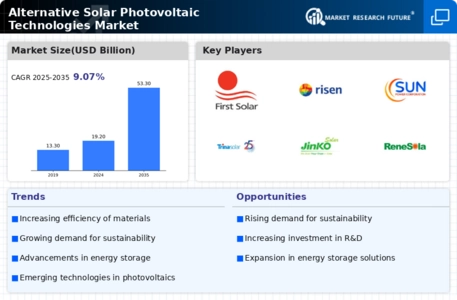
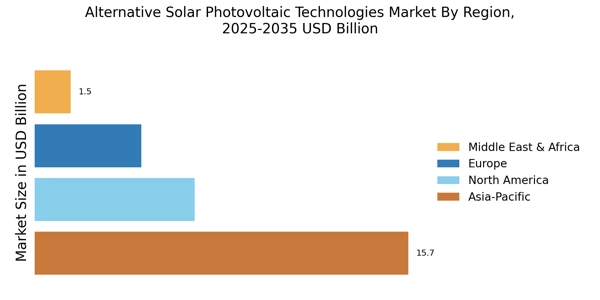

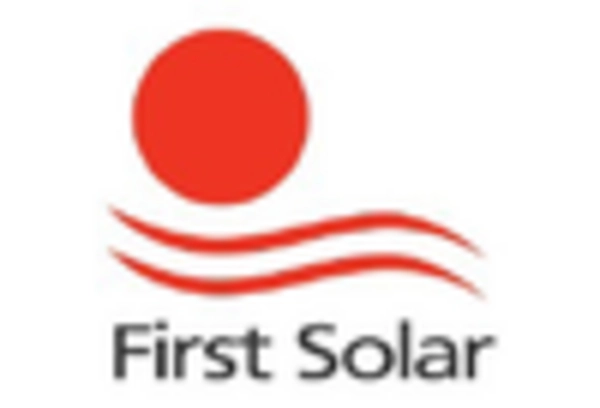
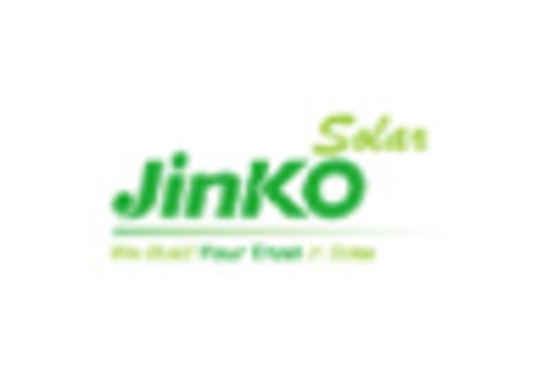
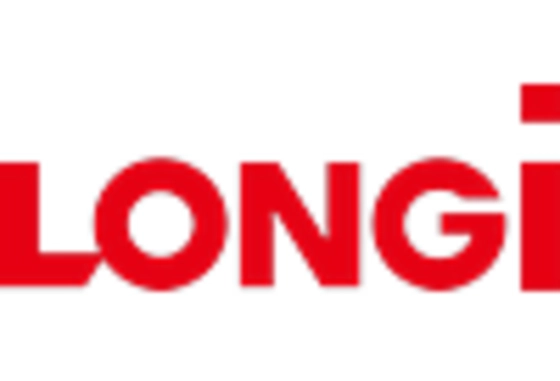

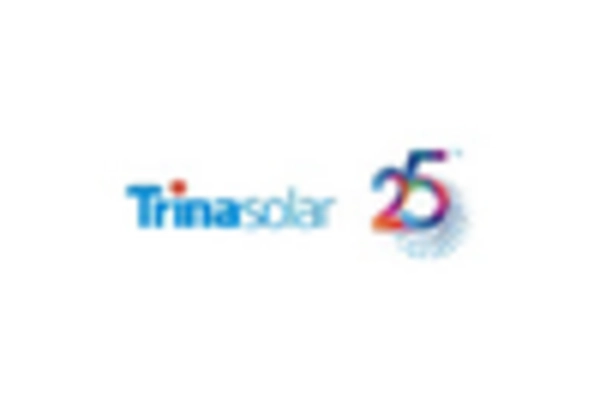








Leave a Comment